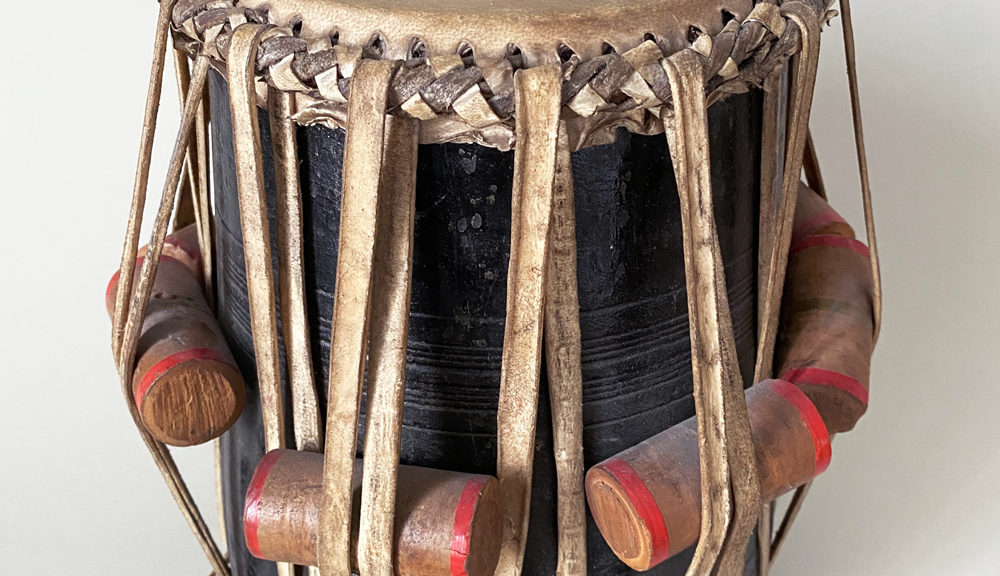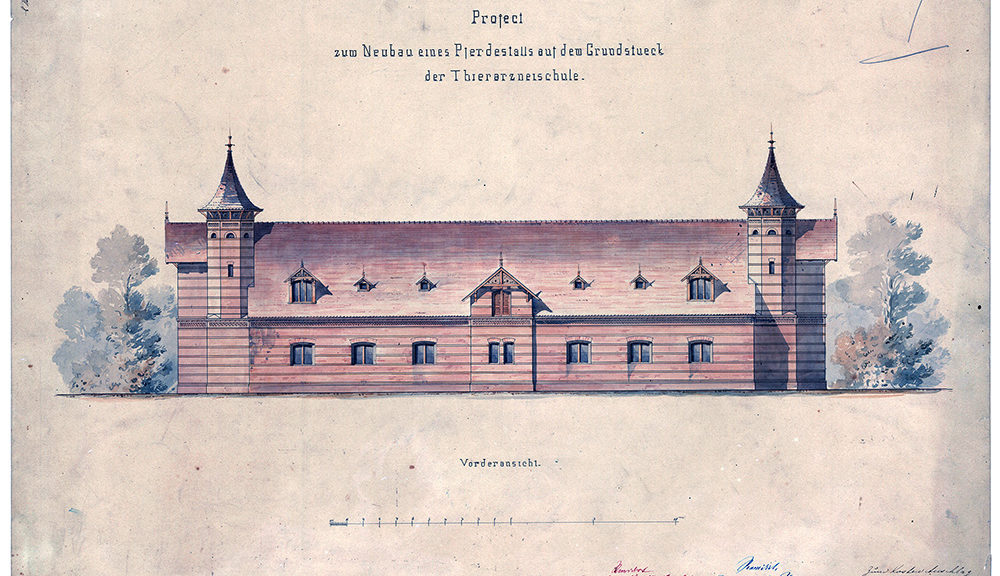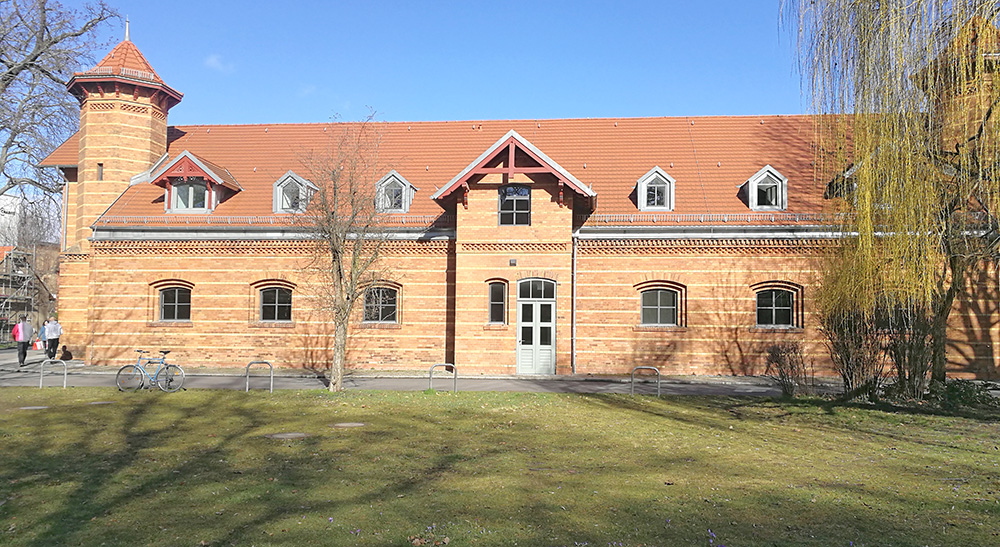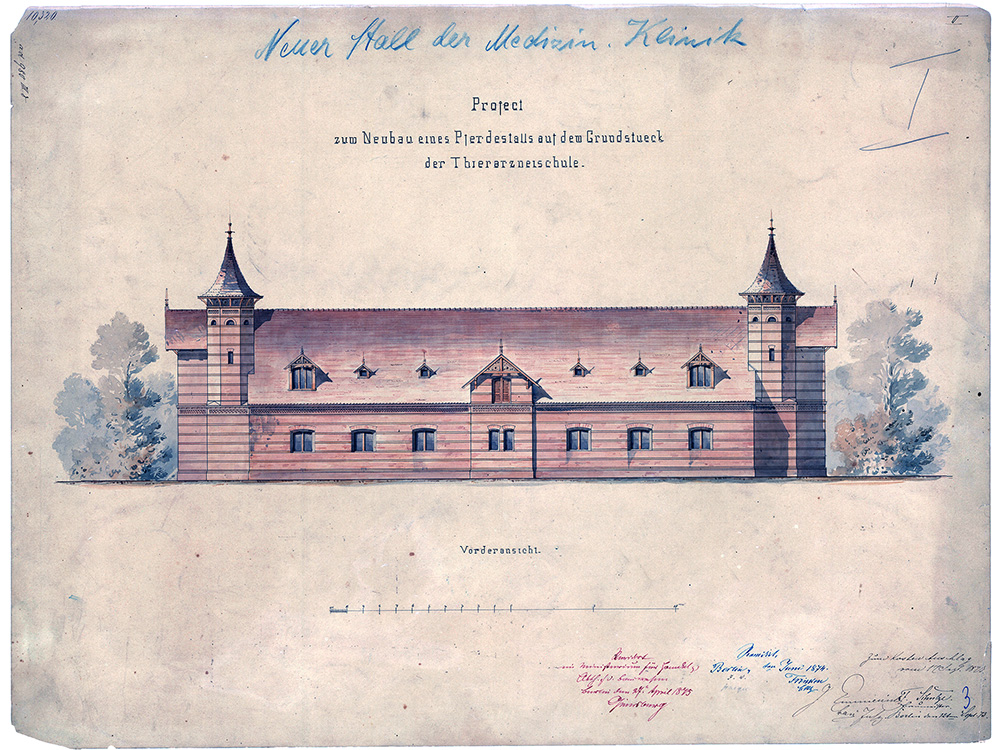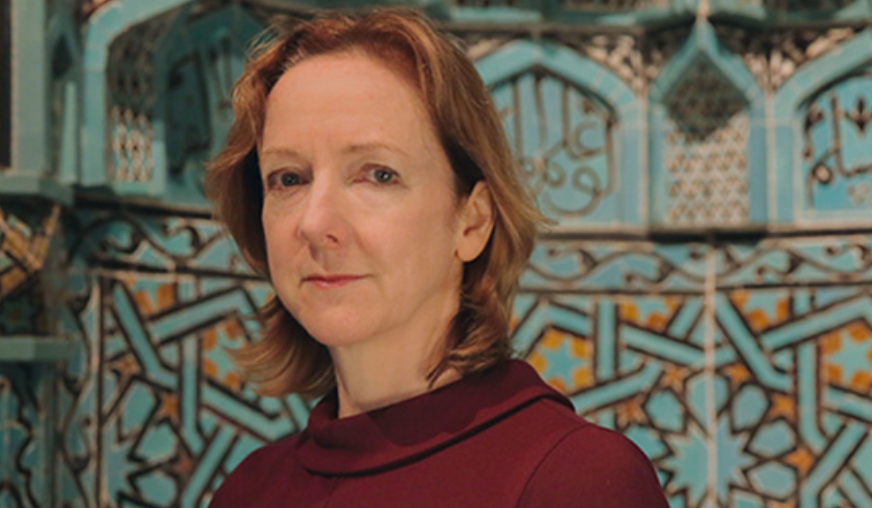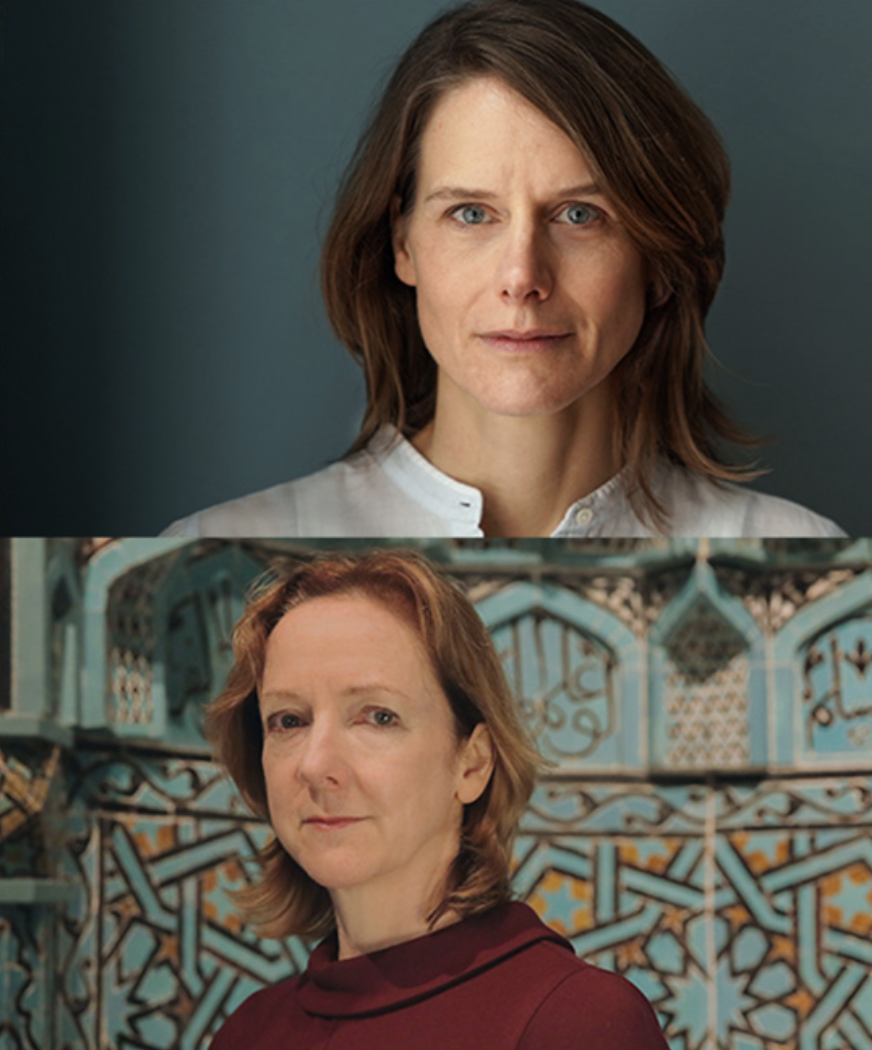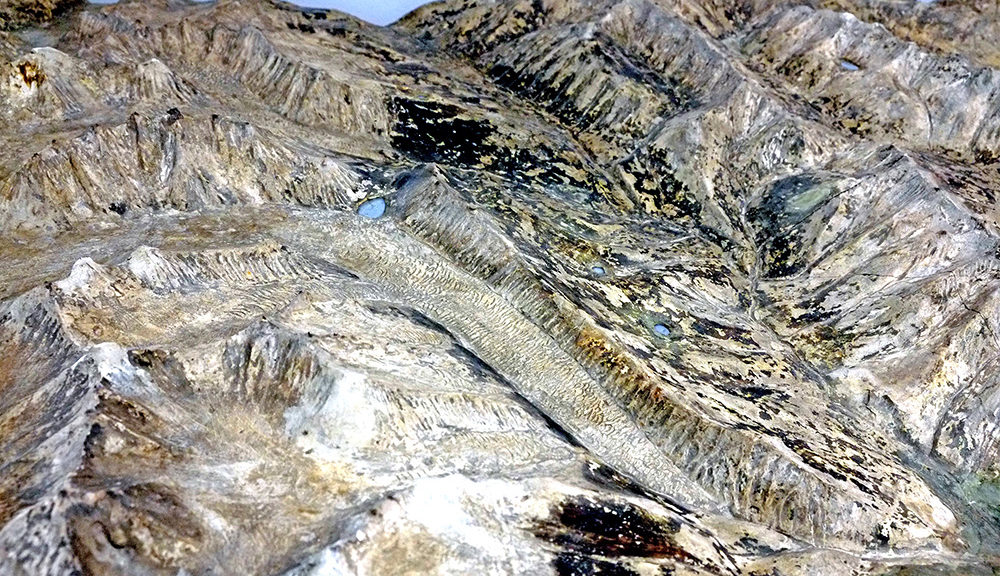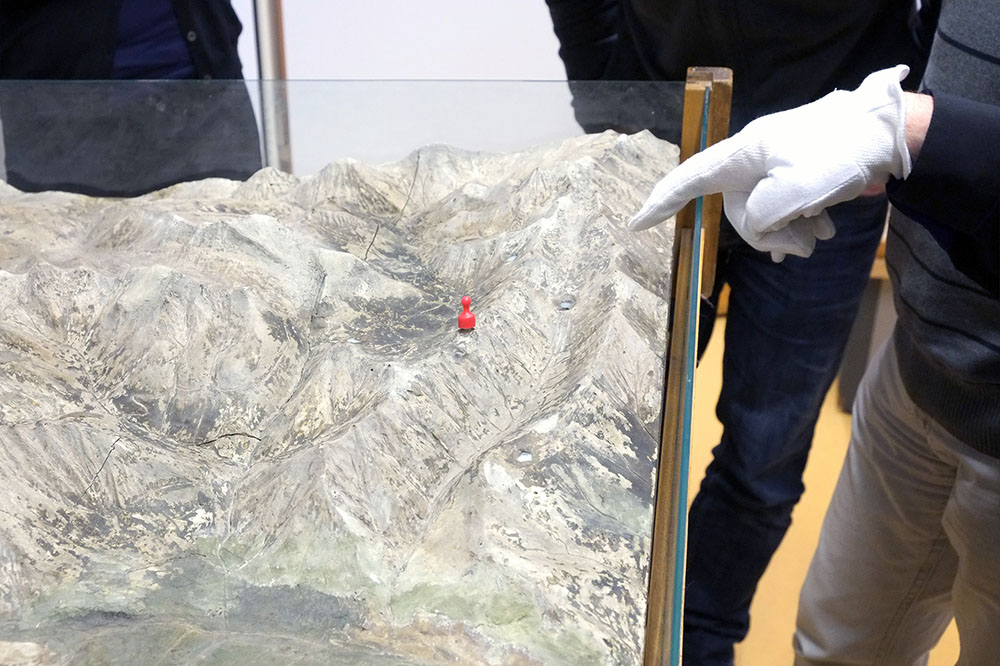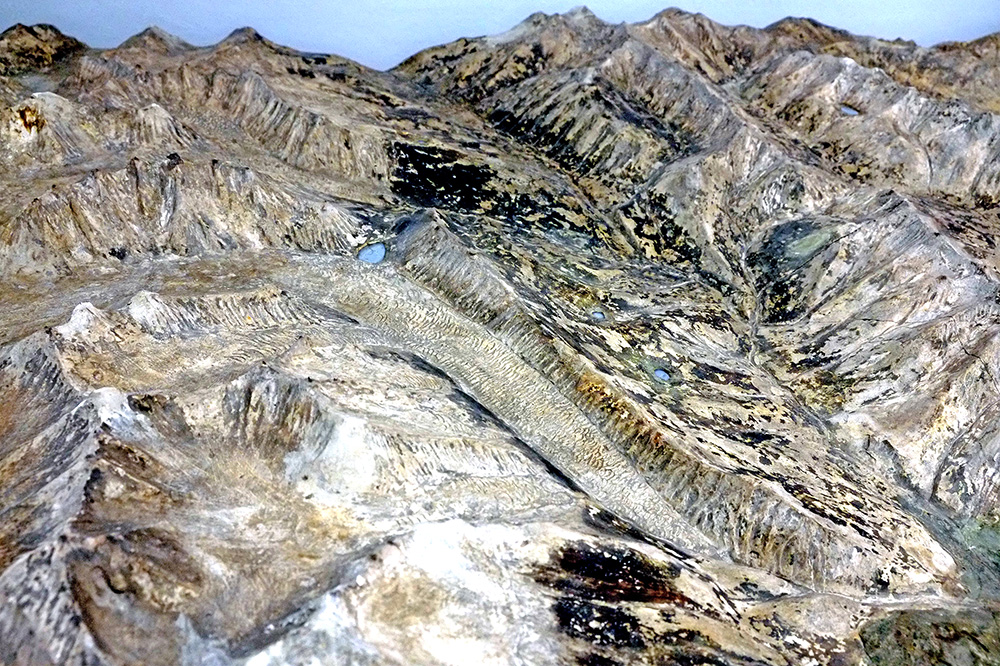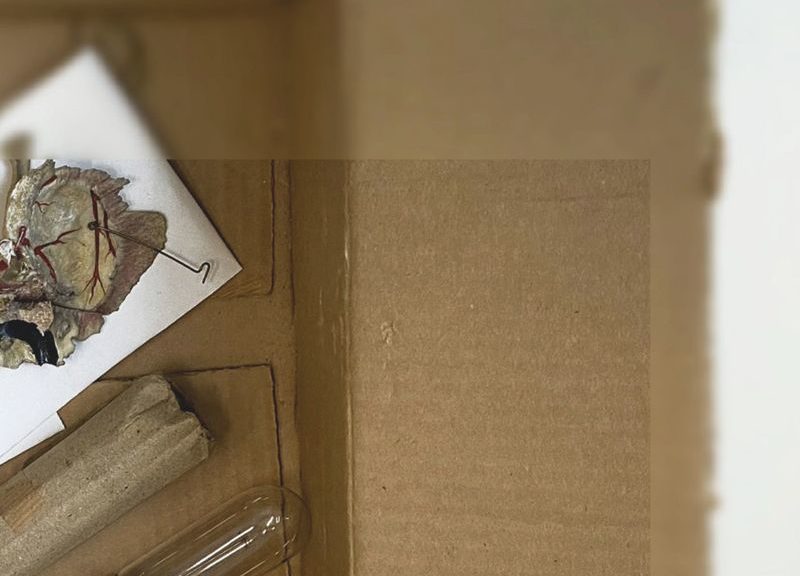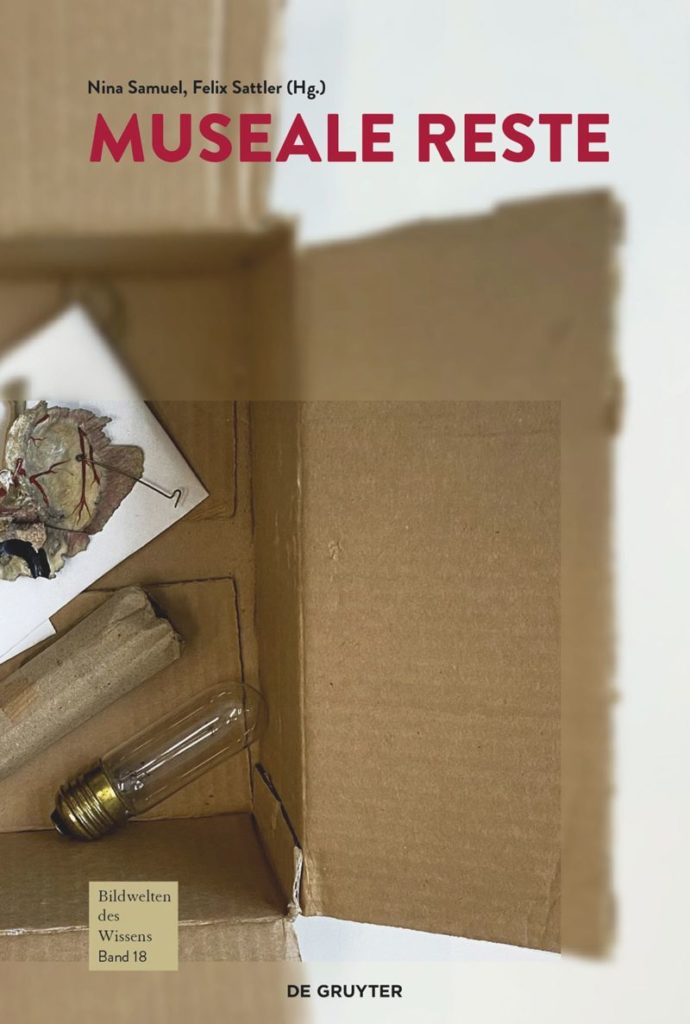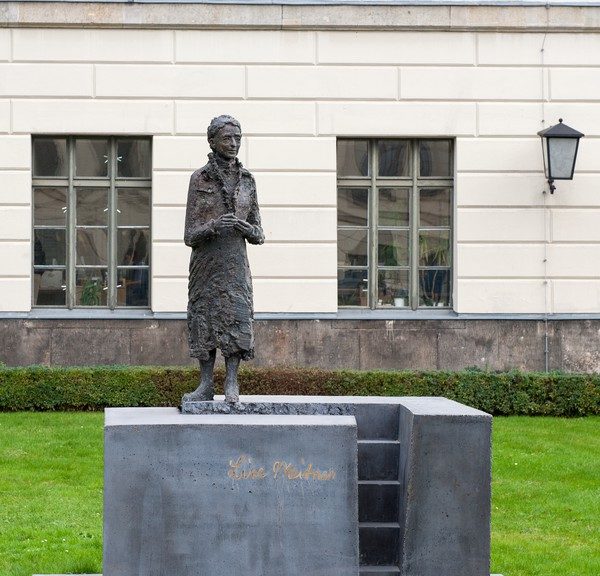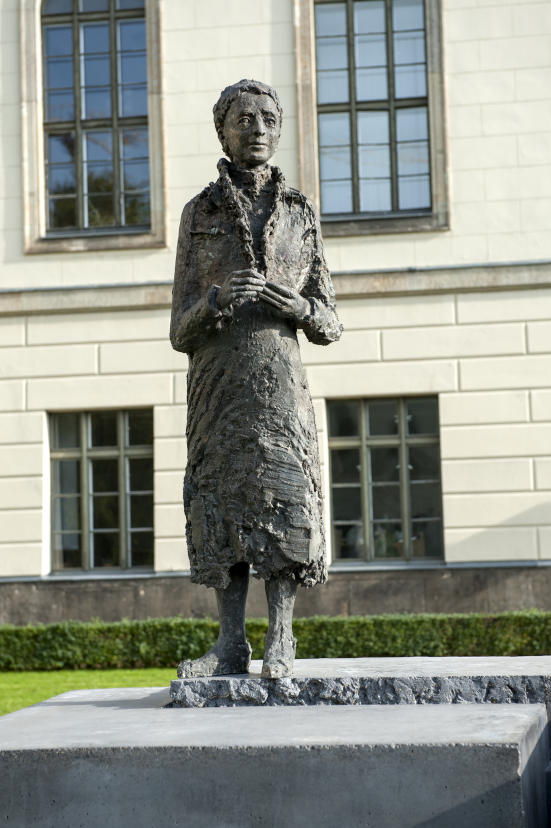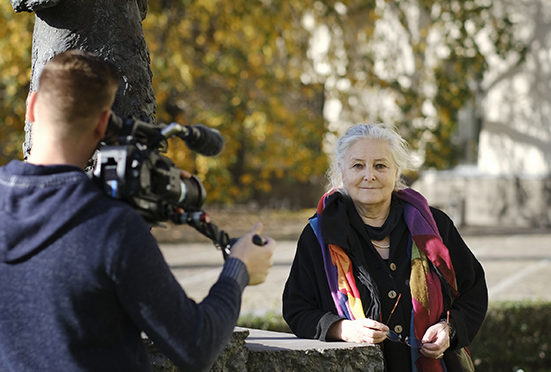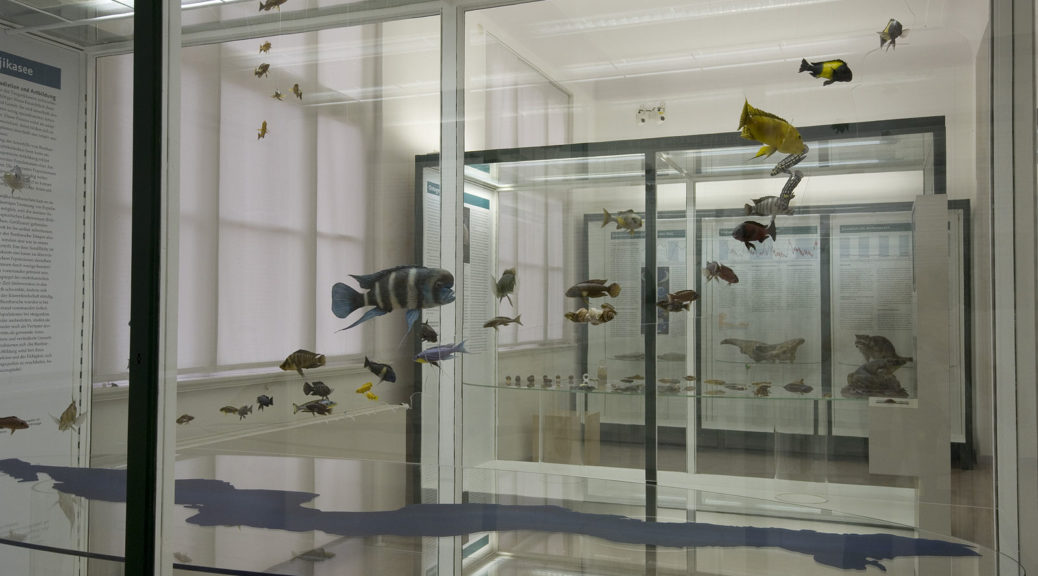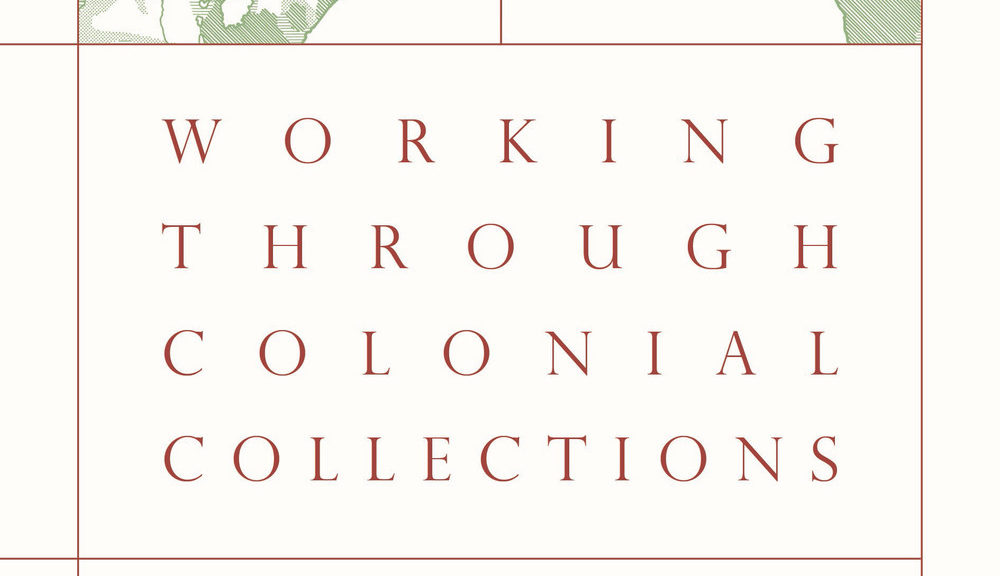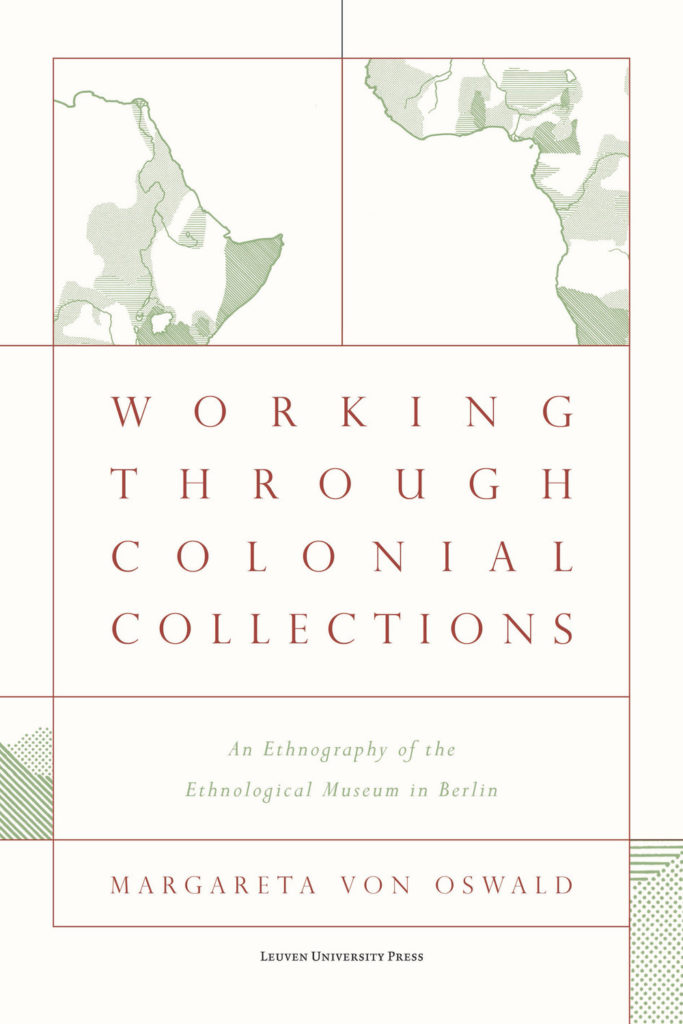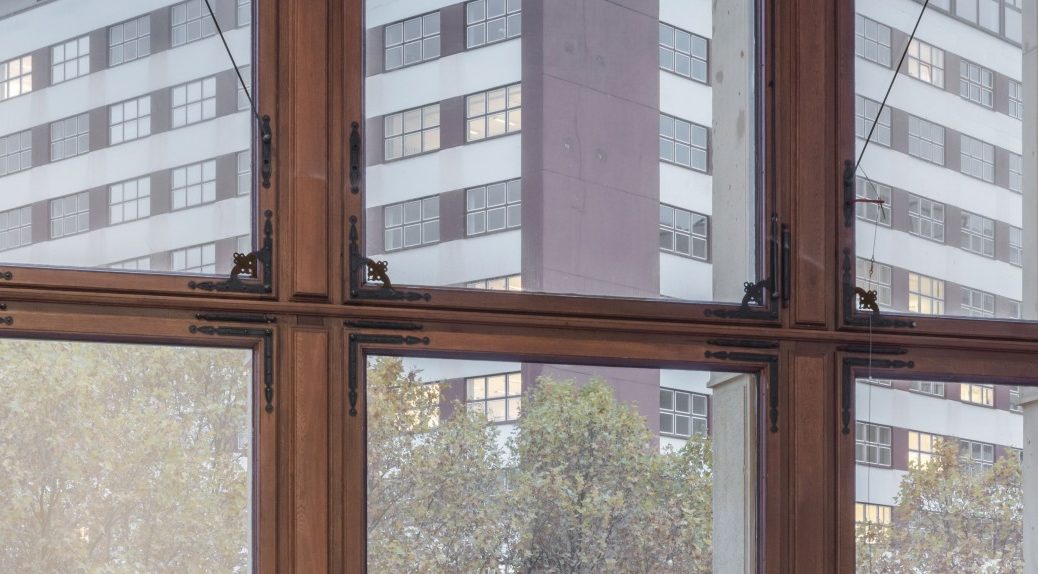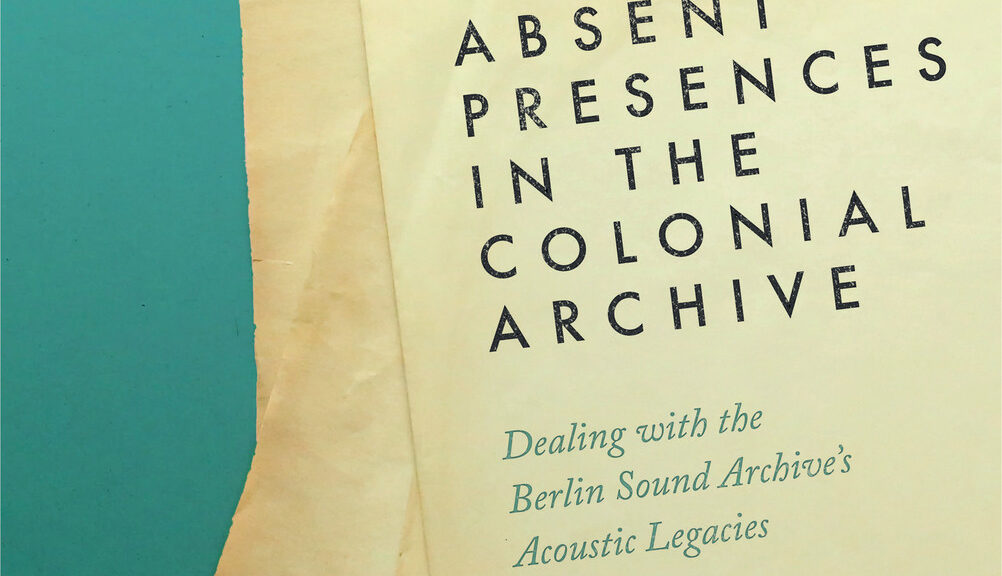Object of the Month 04/2023
In addition to its core holdings of audio recordings of prisoners of war from the First World War and the collection of German dialects from the 1920s and 1930s, the Lautarchiv (Humboldt-Universität zu Berlin) also preserves other interesting sub-collections that have so far remained rather in the background and initially seem to have no obvious connection to the collection. Take, for example, three Indian drums.
No historical written documentation exists for these instruments. There is no entry in any inventory book that would indicate how, why and from where they came into the collection of the Lautarchiv. In terms of organology, the three drums do not form a coherent ensemble. One of these drums—an Indian tablā (dāyāṃ)—will be the focus of attention here.
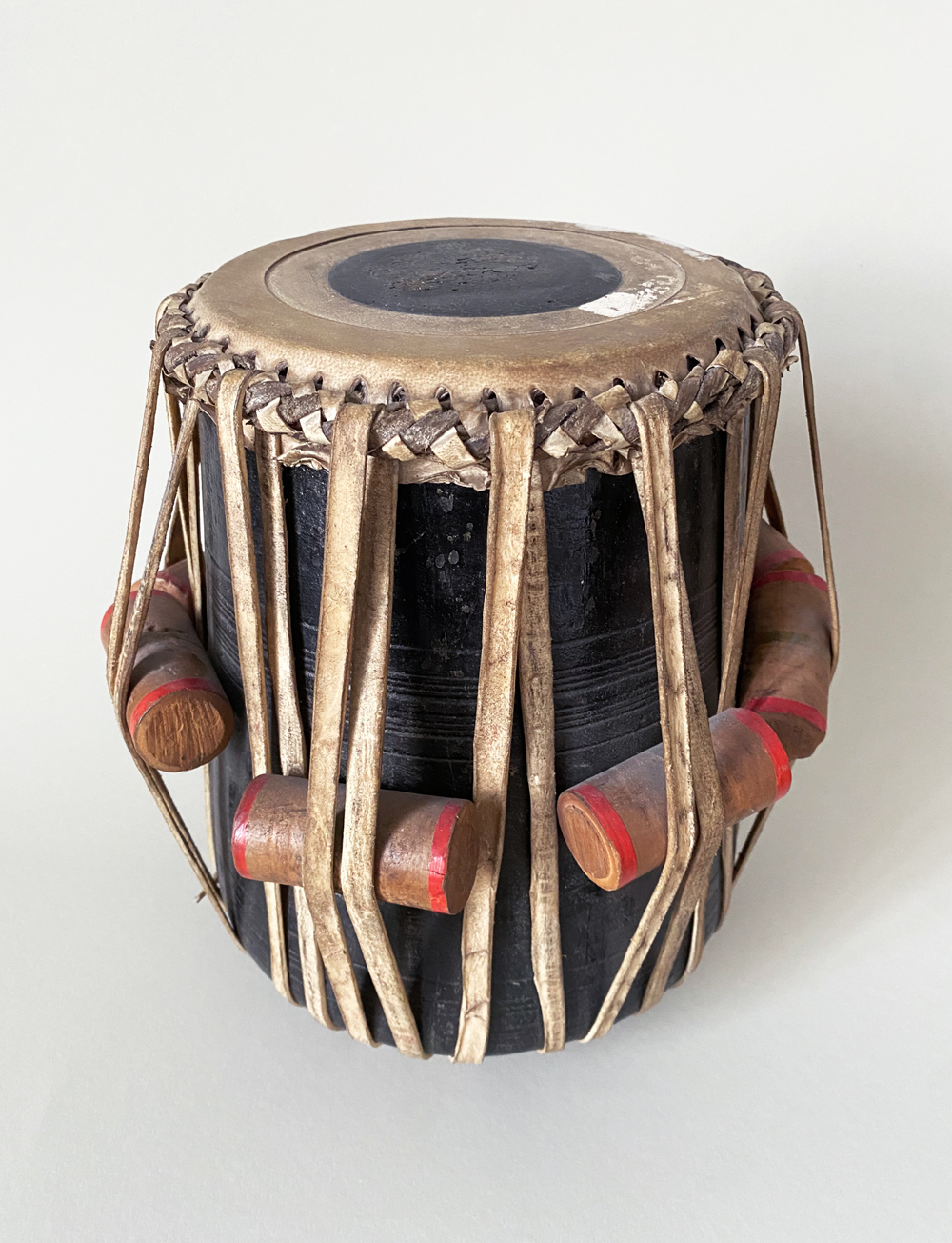
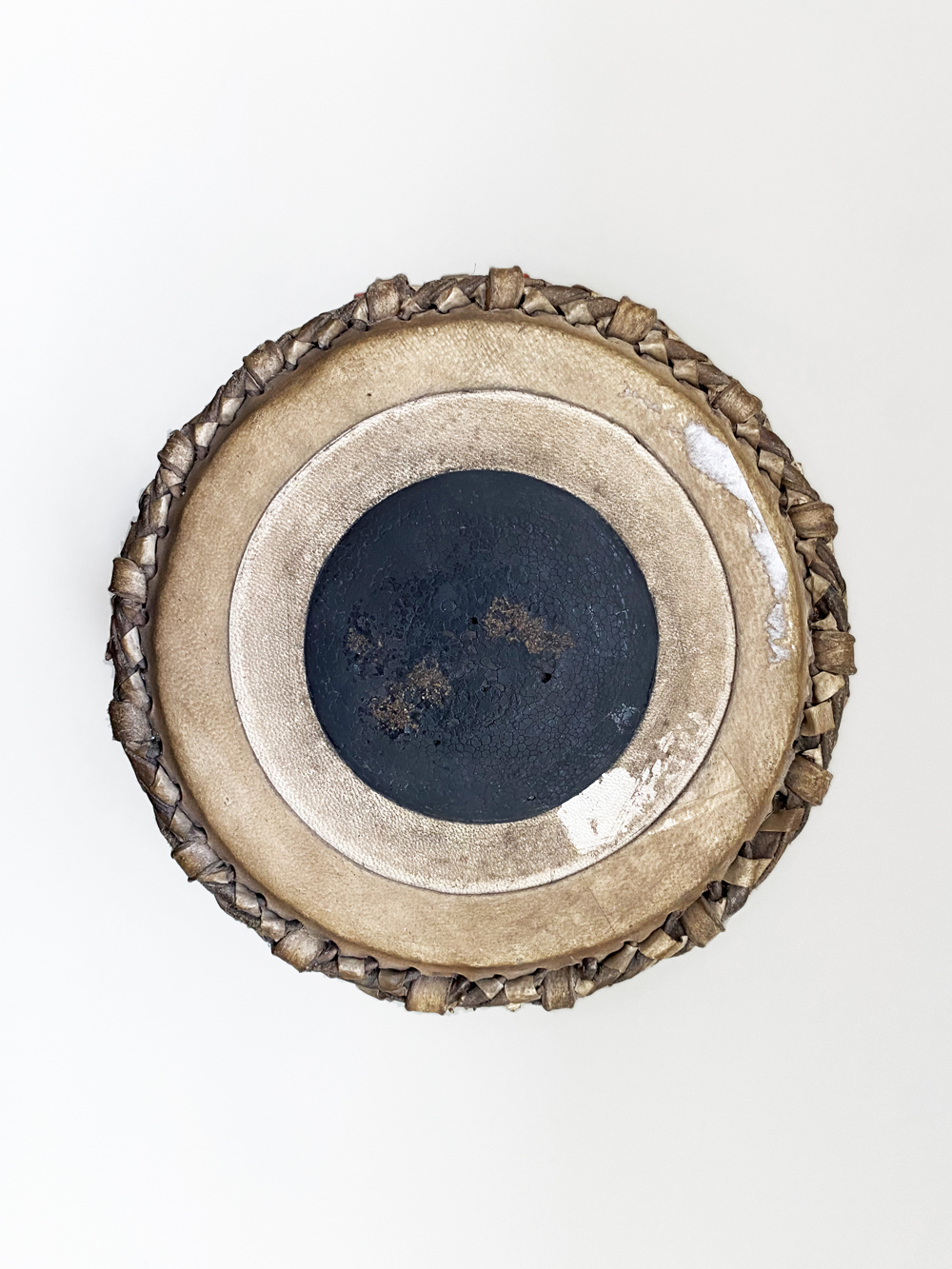
About the instrument
Tablā is the name for a pair of drums played with the hands, consisting of two small kettle drums. The smaller of the two drums played with the right hand is also called dāyāṃ (literally: right), which is referred to as the “real” tablā in some publications. The larger drum played with the left hand is called bāyāṃ (literally: left). There is only a dāyāṃ in the Lautarchiv; the pair of drums is incomplete. The tablā is more than a mere “object”; it demands the respect of musicians to be treated as individuals: instrument and musician become one. The drums are placed on the floor and played cross-legged. However, it is not allowed to simply step over a tablā standing on the floor; this is considered disrespectful.
Provenance: a few tentative & speculative thoughts
Some speculative lines of thought on the provenance are outlined here due to the lack of documentation:
- Non-returned loan?
First of all, the speculative thought suggests itself whether it could possibly be a historical loan from the Museum of Musical Instruments SIMPK or the Ethnological Museum. This can be ruled out for the MIM due to a missing catalogue number on the instrument. The same applies to the Ethnological Museum. - Guest gift?
According to Dieter Mehnert, who was responsible for the collection in the 1990s, the drums had been “brought” from India before the 1960s. Further circumstances were not known. So whether it was a guest gift to the university deposited in the Lautarchiv must remain open. - Age of the instrument?
Even though the instrument probably came to the Lautarchiv before 1960, this does not allow us to draw any conclusions about the age of the instrument. It could be considerably older. The age could only be reliably determined by a dendrochronological examination (a dating by means of a tree ring examination of the wood used), not by mere visual inspection.
Within the non-material context of the collection
Although no direct connection of the tablā to the other holdings of the Lautarchiv can be reconstructed, the tablā in the Lautarchiv by no means stands in a culturally isolated space. Interesting cross-references exist within the collection that lend a non-material context to the fact that there is a tablā in the Lautarchiv. Consider that the Nobel laureate Rabīndranāth Ṭhākur (রবীন্দ্রনাথ ঠাকুর,1861–1941) gave a speech and sang a song at Friedrich-Wilhelm-Universität in June 1921. This audio recording is now in the collection of the Lautarchiv (shelf mark AUT 48). Whether it might even have been a gift from Rabīndranāth Ṭhākur cannot yet be determined on the basis of current knowledge. A song sung in the Tamiḻ language (தமிழ்) by Rājamāṇikkam (born around 1902) on 28 September 1926, accompanied by tablā (shelf mark LA 733), is unfortunately among the losses of the Lautarchiv.
Symbolic power of a Tablā in the Berlin Lautarchiv
Last but not least, the tablā also stands symbolically “in the midst” of the POW recordings of Indian colonial soldiers sent by the United Kingdom against Germany in the First World War. One of the most famous cyclically repeated rhythmic structures in North Indian classical music is the so-called Teental (तीन ताल). Its rhythmically balanced structure in 16 drum syllables (bol), which in turn are subdivided into 4×4 syllables, was considered a symbolic force for peace by none other than Ravi Shankar (1920–2012). It is up to everyone to decide whether the existence of a tablā in the collection of the Lautarchiv, “in the midst” of the audio recordings of prisoners of the First World War, can also assume and unfold such a symbolic power of peace today.
